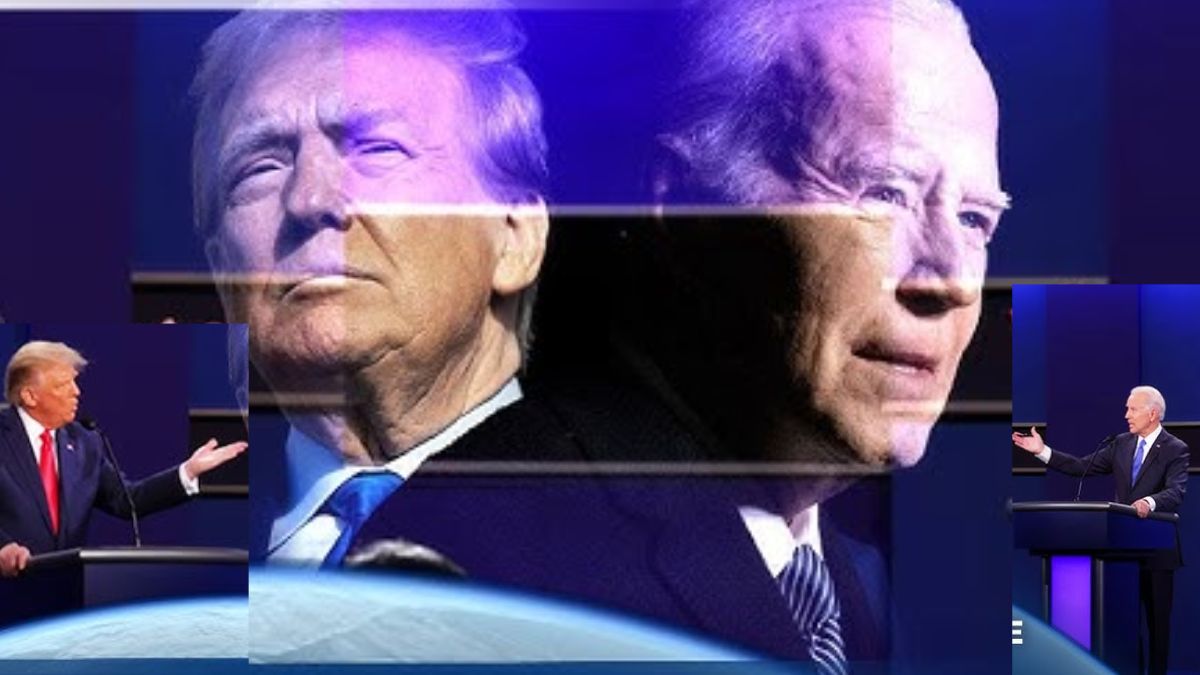President Donald Trump’s struggle to curb the high cost of living is increasingly giving voters a sense of déjà vu. Much like former President Joe Biden, Trump is promising factory jobs, lower prescription drug costs and consumer relief while pushing companies to justify price increases and insisting inflation will soon fade.
“We’re going to be hitting 1.5% pretty soon,” Trump told reporters on Monday. “It’s all coming down.”
But despite repeated assurances of an imminent economic boom, voter patience appears to be thinning. This month’s elections saw voters swing sharply toward Democrats amid concerns over affordability, signalling that Trump’s campaign promises to immediately fix inflation have yet to materialise.
Tariff relief and long-mortgage plans struggle to reassure voters
In response to voter frustration, Trump has floated a set of loosely defined ideas to ease financial pressures, including a $2,000 rebate to offset tariffs and extending mortgage terms from 30 to 50 years to reduce monthly payments.
On Friday, he scrapped tariffs on beef, coffee, tea, fruit juice, cocoa, spices, bananas, oranges, tomatoes and some fertilizers, acknowledging that tariffs “may, in some cases” have contributed to higher prices.
But Bharat Ramamurti, former deputy director of Biden’s National Economic Council, called these measures “gimmicky” and unlikely to meaningfully lower inflation. He said the Biden administration learned early on that voters do not respond well to arguments that policies will eventually raise incomes or curb prices. “That argument does not resonate,” he said. “Take it from me.”
What Biden faced and what Trump inherited
Biden entered office during a fragile economic recovery from the pandemic, as historic government spending, supply chain breakdowns and Russia’s invasion of Ukraine drove consumer prices to a 40-year high by June 2022. The Federal Reserve raised interest rates aggressively, and Biden repeatedly tried to reassure Americans that “Bidenomics is working.”
Quick Reads
View AllBut only 36% of U.S. adults approved of Biden’s economic handling by August 2023, according to AP-NORC polling. Republicans argued that Biden’s policies worsened inflation.
Democrats are now deploying the same argument against Trump: that his tariffs are passed on to consumers, his cancellation of clean energy projects could raise long-term utility bills, and mass deportations have driven up construction costs due to labour shortages.
Democrats revive inflation criticism — this time against Trump
Senior Biden adviser Gene Sperling pointed out that Trump inherited strong growth, a solid job market and declining inflation, only to reverse those trends. “It’s striking how many Americans are aware of his trade policy and rightly blame the turnaround in prices on that erratic policy,” Sperling said.
Consumer prices were rising at an annual rate of 2.3% in April when Trump launched his tariffs, accelerating to 3% by September. Although inflation remains lower than the peak under Biden, the political impact appears comparable: 67% of U.S. adults disapprove of Trump’s performance, AP-NORC’s November data shows.
Michael Strain of the American Enterprise Institute said both presidents responded similarly to inflation problems, downplaying price pressures, pointing to other positive economic indicators and issuing government checks. “President Biden didn’t take this concern seriously enough in his first few months in office and President Trump isn’t taking this concern seriously enough right now,” he said.
Economic strategy relies on tax cuts, tariffs and regulatory shifts
Trump officials argue that their mix of income tax cuts, tariff-linked foreign investment and regulatory changes will spur factory openings and job creation. “The policies that we’re pursuing right now are increasing supply,” said Kevin Hassett, director of Trump’s National Economic Council.
The Federal Reserve has cut interest rates, potentially increasing available money for investment. But the central bank’s decision reflects a weakening job market, and further rate cuts of the scale Trump wants could risk fuelling fresh inflation.
Voter frustration deepens as expectations collide with reality
Research by economist Ryan Cummings indicates that the inflation frustration voters feel today is less about the initial price surge and more about unmet expectations. Trump strongly signalled that he could quickly lower grocery and household costs, leaving voters now disappointed amid persistent structural affordability challenges.
“When it comes to structural affordability issues, housing, child care, education and health care — Trump has pushed in the wrong direction in each one,” said Cummings.
He added that Trump’s best chance of easing inflation now may hinge not on policy but on luck, specifically a global bumper harvest and sustained excess oil production to ease commodity pressures.
Blame game returns as economic pressure builds
For the moment, Trump continues to deflect economic criticism onto Biden. In an interview with Fox News’ The Ingraham Angle on Monday, he insisted: “The problem was that Biden did this.”
But with affordability concerns dominating voter sentiment and internal polling weaknesses persisting, Trump’s inflation challenge increasingly mirrors the political hazards that haunted Biden—raising the stakes as the 2026 midterms draw closer.
With inputs from agencies
)